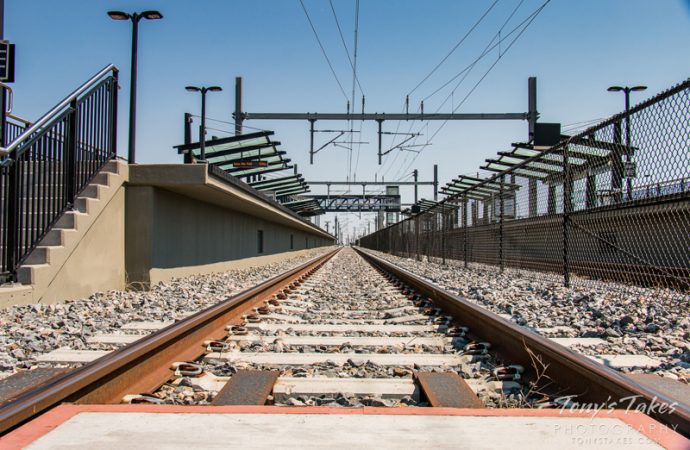All over the country, states are spending tens of millions of dollars preparing plans to build high-speed rail lines. Among the many routes under consideration are Ft. Collins to Pueblo, Colorado; Richmond, Virginia to Raleigh, North Carolina; Atlanta, Georgia to Chattanooga, Tennessee; and Seattle to Spokane, Washington, which would probably require an 80-mile-long tunnel under the Cascade Mountains.
None of these projects make sense because — in case you haven’t noticed — we have this new-fangled technology called airplanes that go twice as fast as the fastest trains in the world and require almost no infrastructure, which means their costs are much lower than trains. So why are Americans so bedazzled by trains?
In 2017, fares on Amtrak’s high-speed Acela trains between Boston and Washington averaged 92 cents a passenger mile. Although Amtrak claims these trains cover their operating costs, Amtrak is also desperately lobbying Congress for $35 billion to rehabilitate the infrastructure required to keep the trains running. By comparison, airline fares average around 15 cents a passenger mile, and while the airlines receive subsidies averaging about a penny per passenger mile, most of those subsidies go to tiny, out-of-the-way airports that most travelers never see.
Read the whole article originally published in The Hill on February 1, 2018.








